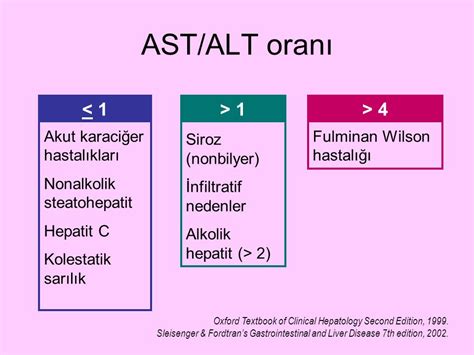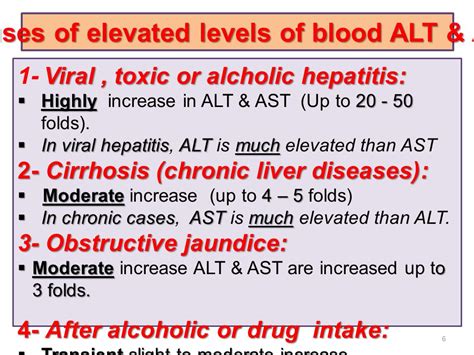Intro
Understand Blood Test AST Levels: Learn about AST liver enzyme, normal ranges, and elevated AST levels, and how they relate to liver health, liver damage, and diagnosis of liver diseases, including hepatitis and cirrhosis.
Elevated blood test AST levels can be a cause for concern for many individuals. Aspartate aminotransferase, or AST, is an enzyme found in various tissues throughout the body, including the liver, heart, muscles, and kidneys. When tissue damage occurs, AST is released into the bloodstream, leading to increased levels. Understanding the significance of AST levels is crucial for diagnosing and managing underlying health conditions. In this article, we will delve into the world of AST levels, exploring their importance, normal ranges, and implications for overall health.
The importance of monitoring AST levels cannot be overstated. Elevated AST levels can indicate liver damage, which may be caused by a variety of factors, including viral hepatitis, alcoholic liver disease, or non-alcoholic fatty liver disease. Additionally, AST levels can be elevated in individuals with heart conditions, such as myocardial infarction, or muscle damage, resulting from intense physical activity or muscle diseases like muscular dystrophy. By monitoring AST levels, healthcare professionals can diagnose and manage these conditions more effectively, reducing the risk of complications and improving patient outcomes.
AST levels are typically measured in units per liter (U/L) and are often evaluated in conjunction with other liver enzymes, such as alanine aminotransferase (ALT). The normal range for AST levels varies depending on the laboratory and the individual's age, sex, and other factors. Generally, normal AST levels range from 0 to 40 U/L. However, it is essential to note that slightly elevated AST levels may not always indicate a serious health condition. In some cases, elevated AST levels may be caused by non-pathological factors, such as intense physical activity or certain medications.
Understanding AST Levels

Normal AST Levels
Normal AST levels vary depending on the laboratory and the individual's age, sex, and other factors. Generally, normal AST levels range from 0 to 40 U/L. However, it is essential to note that slightly elevated AST levels may not always indicate a serious health condition. In some cases, elevated AST levels may be caused by non-pathological factors, such as intense physical activity or certain medications. The following are some general guidelines for interpreting AST levels: * 0-40 U/L: Normal * 41-120 U/L: Mildly elevated * 121-240 U/L: Moderately elevated * 241-400 U/L: Severely elevated * Above 400 U/L: Extremely elevatedElevated AST Levels

Causes of Elevated AST Levels
Elevated AST levels can be caused by a range of factors, from liver damage to muscle injuries. The following are some possible causes of elevated AST levels: * Viral hepatitis: Hepatitis A, B, and C can cause liver inflammation, leading to elevated AST levels * Alcoholic liver disease: Excessive alcohol consumption can cause liver damage, resulting in elevated AST levels * Non-alcoholic fatty liver disease: This condition, characterized by the accumulation of fat in liver cells, can cause elevated AST levels * Myocardial infarction: Heart attacks can cause damage to heart tissue, leading to elevated AST levels * Intense physical activity: Strenuous exercise can cause muscle damage, resulting in elevated AST levelsDiagnosing and Managing Elevated AST Levels

Treatment Options for Elevated AST Levels
Treatment options for elevated AST levels depend on the underlying condition. The following are some possible treatment options: * Liver damage: Medications, such as antivirals and corticosteroids, can help manage liver inflammation and damage * Heart conditions: Medications, such as beta blockers and ACE inhibitors, can help manage heart conditions, such as high blood pressure and heart failure * Muscle damage: Rest, physical therapy, and pain management can help manage muscle injuries and diseases * Lifestyle modifications: Avoiding alcohol, losing weight, and exercising regularly can help manage elevated AST levelsPreventing Elevated AST Levels

Benefits of Regular Health Check-Ups
Regular health check-ups can help diagnose and manage elevated AST levels, reducing the risk of complications and improving patient outcomes. The following are some benefits of regular health check-ups: * Early detection: Regular health check-ups can help detect underlying conditions, such as liver damage and heart disease, at an early stage * Prompt treatment: Early detection and treatment can help manage underlying conditions, reducing the risk of complications and improving patient outcomes * Lifestyle modifications: Regular health check-ups can help individuals make informed lifestyle choices, reducing the risk of chronic diseases and improving overall healthConclusion and Next Steps

What are normal AST levels?
+Normal AST levels vary depending on the laboratory and the individual's age, sex, and other factors. Generally, normal AST levels range from 0 to 40 U/L.
What causes elevated AST levels?
+Elevated AST levels can be caused by a variety of factors, including liver damage, heart conditions, and muscle damage. The underlying condition will determine the best course of treatment.
How can I prevent elevated AST levels?
+Preventing elevated AST levels requires a proactive approach, involving lifestyle modifications and regular health check-ups. Avoiding alcohol, losing weight, and exercising regularly can help manage elevated AST levels.
What are the benefits of regular health check-ups?
+Regular health check-ups can help diagnose and manage elevated AST levels, reducing the risk of complications and improving patient outcomes. Early detection and prompt treatment can help manage underlying conditions, improving overall health.
How can I manage elevated AST levels?
+Managing elevated AST levels requires a comprehensive approach, involving laboratory tests, medical imaging, and lifestyle modifications. Treatment options will depend on the underlying condition, and a healthcare professional can provide personalized guidance and support.
